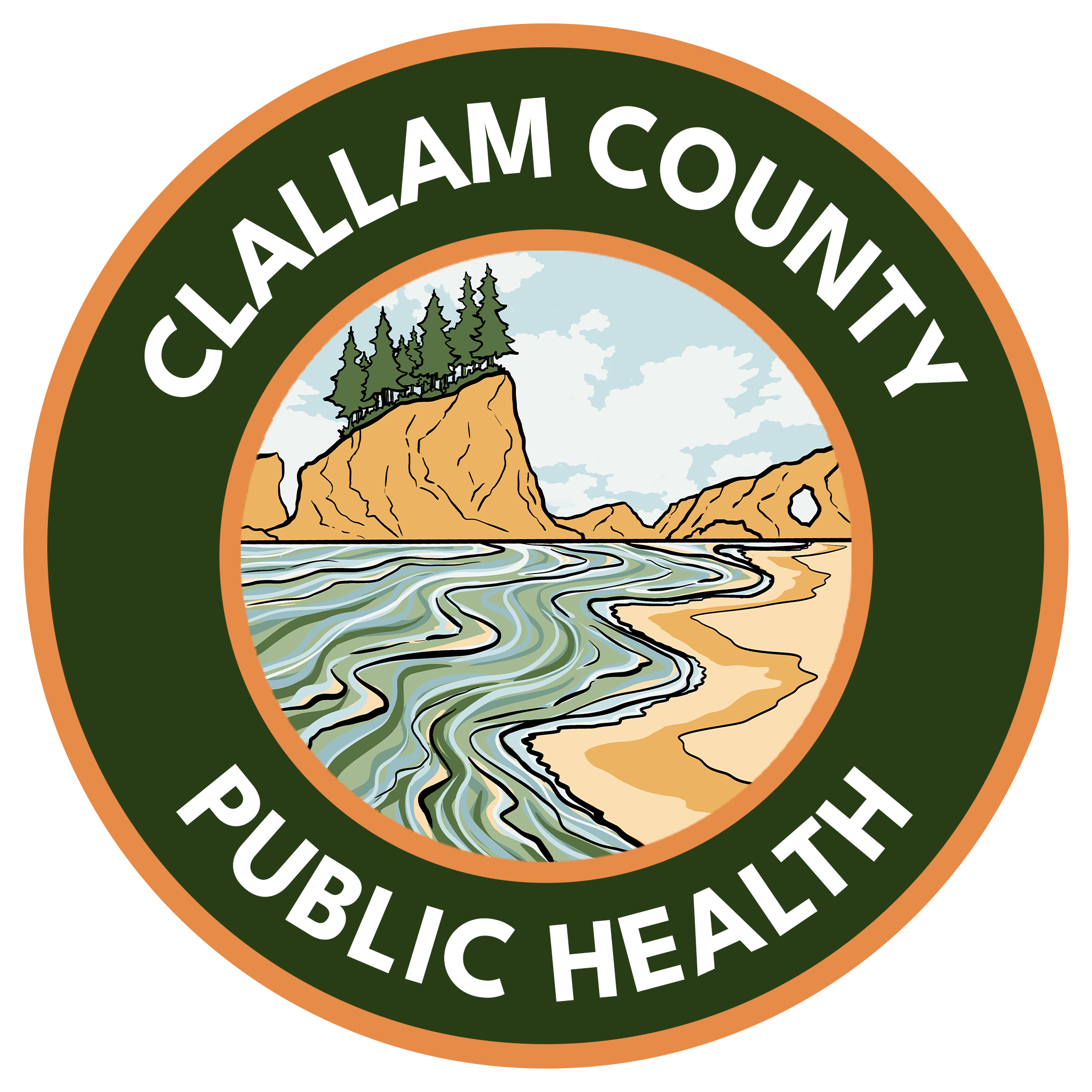Reporting Notifiable Conditions
To report a notifiable condition, call the confidential communicable disease reporting line, 360-417-2412 or use the Reportable Disease Fax Form .
.
Additional Resources
- Notifiable Conditions poster
- Providers (DOH)
- Clinical Laboratories (DOH)
- Confidential STD Case Report Form
- Inter-Facility Infection Prevention and Safety Form (CDC)
- Work-Related Asthma Report Form
- Laboratory reporting of Blood Lead Test Results (DOH)
Report Immediately
Amebic meningitis
Anthrax
Botulism (foodborne, wound, infant)
Burkholderia mallei (Glanders) and pseudomallei (Melioidosis)
Cholera
Coronavirus infection (SARS, MERS, COVID-19)
Diphtheria
Domoic acid poisoning (amnesic shellfish poisoning)
Haemophilus influenzae (invasive disease) (children under 5 years old)
Influenza (novel or unsubtypable strain)
Measles (rubeola) (acute)
Meningococcal disease (invasive)
Mpox
Outbreak (suspected foodborne or waterborne origin)
Paralytic shellfish poisoning
Pesticide poisoning (hospitalized, fatal, cluster)—Call (800) 222-1222.
Plague
Poliomyelitis
Rabies (confirmed human or animal) (suspected human exposure)
Rubella (including congenital rubella syndrome) (acute)
Shiga toxin-producing E. coli infections (including but not limited to E. coli O157:H7)
Smallpox
Suspected institutional outbreak of any illness (e.g., influenza-like illness, gastro-intestinal symptoms)
Tularemia
Vaccinia transmission
Viral hemorrhagic fever
Yellow fever
Report Within 24 Hours
Baylisascariasis
Brucellosis
Candia auris infection or colonization
Hantaviral infection
Hepatitis A (acute)
Hepatitis B (acute)
Hepatitis C (acute)
Hepatitis C (perinatal)
Hepatitis D (acute or chronic)
Hepatitis E (acute)
Legionellosis
Leptospirosis
Listeriosis
Mumps (acute)
Pertussis
Psittacosis
Q fever
Salmonellosis
Shigellosis
Tuberculosis (confirmed or highly suspicious)
Vancomycin-resistant
Staphylococcus aureus (not vancomycin-intermediate)
Vibriosis
Yersiniosis
Unexplained critical illness or death
Report Within 3 Business Days
Acquired immunodeficiency syndrome (AIDS) (including people previously reported with HIV)
Anaplasmosis
Arboviral disease (acute) (including, but not limited to, chikungunya, dengue, eastern and western equine encephalitis, Japanese encephalitis, LaCrosse encephalitis, Powassan virus, St. Louis encephalitis, West Nile virus, Zika virus)
Babesiosis
Campylobacteriosis
Carbapenem-resistant Enterobacteriaceae infections (limited to Klebsiella species, E. coli, Enterobacter species)
Chagas disease
Chancroid
Chlamydia trachomatis infection
Coccidioidomycosis
Cryptococcus gattii or undifferentiated Cryptococcus species (e.g., Cryptococcus not identified as C. neoformans)
Cryptosporidiosis
Cyclosporiasis
Cysticercosis
Echinococcosis
Ehrlichiosis
Giardiasis
Gonorrhea
Granuloma inguinale
Hepatitis B surface antigen positive pregnant women
Hepatitis B (chronic) (initial diagnosis and previously unreported cases)
Hepatitis B (perinatal) (initial diagnosis)
Hepatitis C (chronic)
Herpes simplex (neonatal and genital) (initial diagnosis)
Histoplasmosis
HIV infection
Human prion disease Immunization reactions (severe, adverse)
Influenza-associated death (lab confirmed)
Lyme disease
Lymphogranuloma venereum
Malaria
Pesticide poisoning (non-hospitalized, non-fatal, non-cluster)—Call (800) 222-1222.
Relapsing fever (borreliosis)
Rickettsia infection
Syphilis (including congenital)
Taeniasis
Tetanus
Tick paralysis
Trichinosis
Typhus
Varicella-associated death
Report Within 7 Business Days
Tuberculosis infection (latent) (positive tuberculosis skin test or interferon-gamma release assay, e.g., QuantiFERON®-TB Gold)
Report Monthly
Asthma (occupational) (suspected or confirmed)—Call (888) 66-SHARP.
Birth defects (autism spectrum disorders, cerebral palsy, alcohol-related)—Call (360) 236-3533.
Why report communicable diseases?
Reporting benefits the patient by:
- Helping to prevent re-infection by contacts
- Helping to assure compliance with medical therapy
- Providing health education and resources to patient and contacts
Reporting benefits the provider by:
- Helping to assure patient compliance with prescribed regimens
- Assisting the provider to educate the patient and contacts
- Decreasing repeat visits for managed care patients
Reporting benefits the public by:
- Preventing the spread of disease through case investigation
- Providing reliable information for surveillance
- Identifying trends in disease
- Identifying geographical and demographical trends
- Rapid identification of health threats



